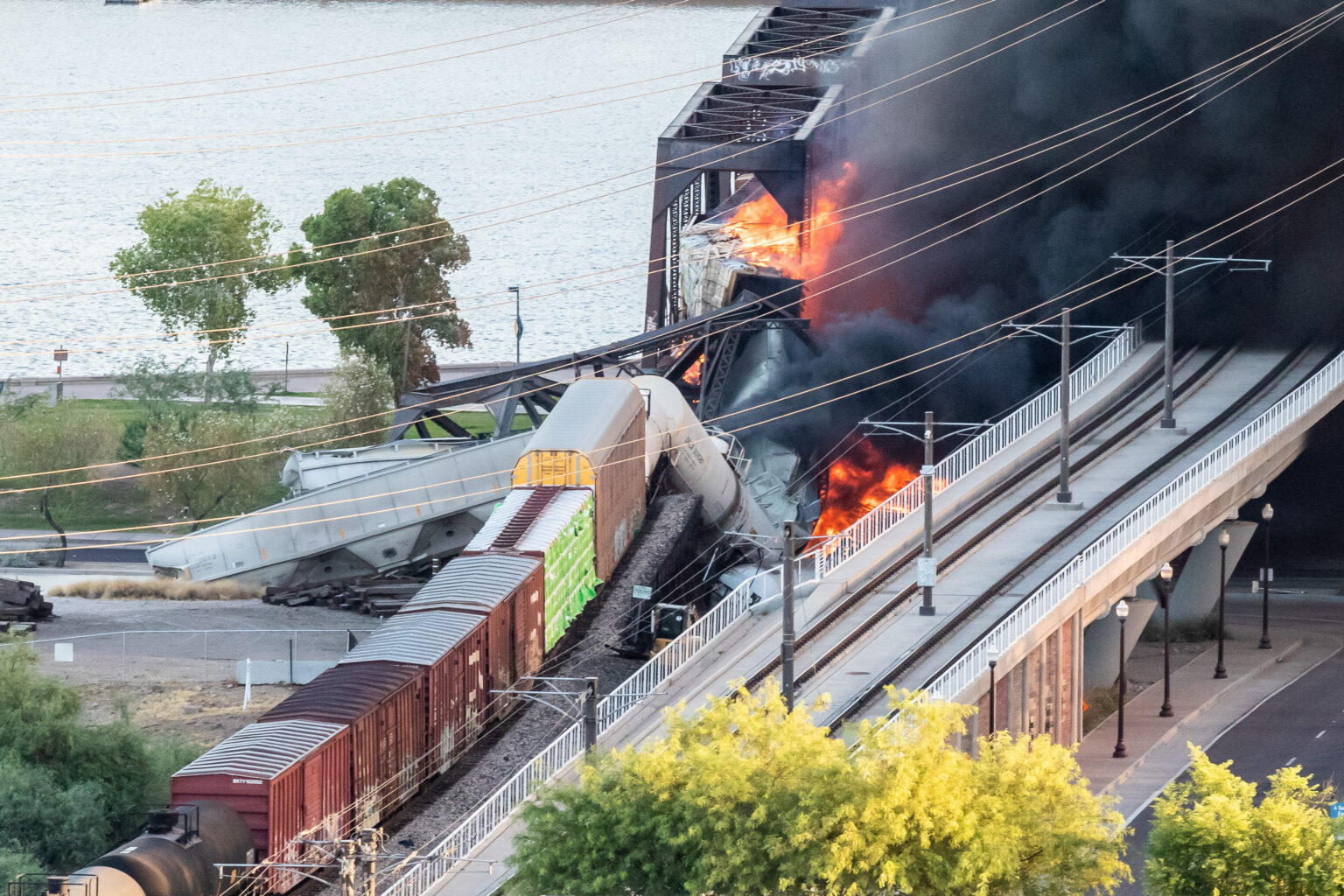
We look back on a year in South Tempe and West Chandler that jumped the tracks with a pandemic, social and political unrest and … an actual train wreck.
Through it all, we helped each other muddle through, perhaps not knowing our own strength. Here is our Top 10 list from a year that won’t soon be forgotten.
Coverage by Wrangler News editors Lee Shappell and Joyce Coronel, photographer Billy Hardiman and the many contributors to our 2020 coverage of South Tempe and West Chandler.
No. 1: Our communities deal with COVID-19 pandemic
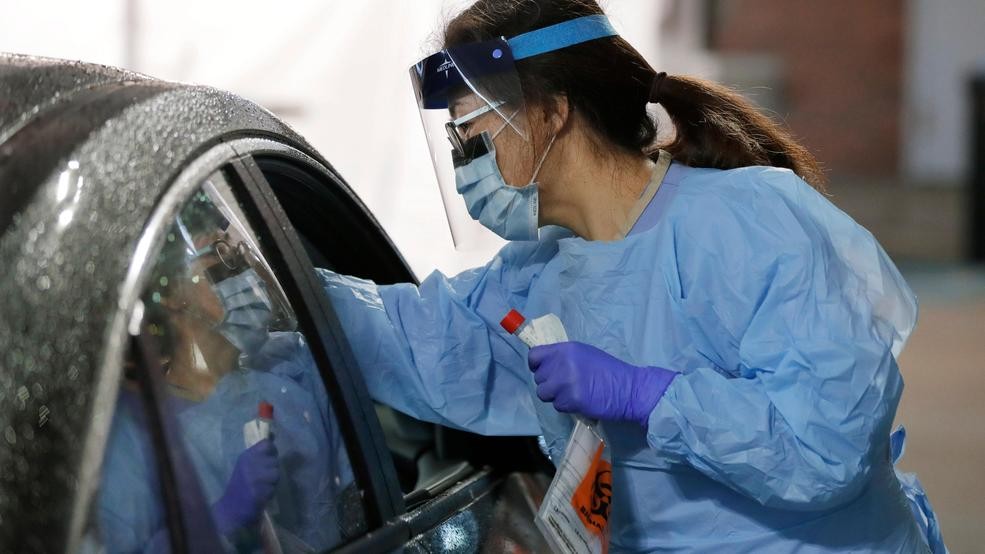
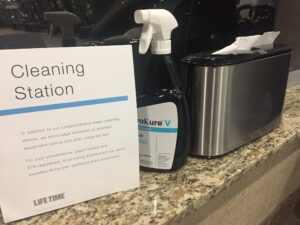
People died. Businesses failed. Schools closed. We stayed home. Lives were disrupted. Nerves were frayed. Anger spilled. The virus took a horrible toll on South Tempe and West Chandler.
Yet the COVID-19 pandemic also revealed our heart, our spirit and our character.
We adapted. We worked together. We helped each other. And we got through it. Tempe Mayor Corey Woods’ first state of the city address focused on Tempe’s resiliency.
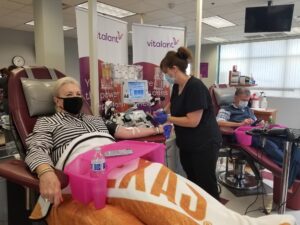
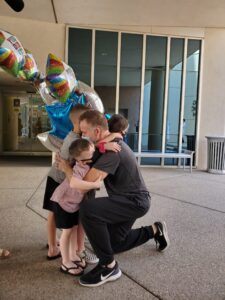
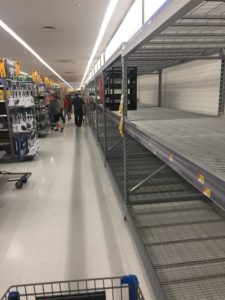
Indeed, Tempe worked with lenders to arrange emergency loans for small businesses. The Tempe Community Foundation provided grants to its most vulnerable residents. A Chandler physician used his battle savvy to charge through to provide care to patients. COVID survivors donated life-saving plasma to help others survive. SRP extended its shut-off ban. Chandler and Tempe were ahead of the curve by relaxing regulations to allow restaurants to build makeshift patios and serve guests outdoors when inside dining rooms were not desirable – or even allowed.
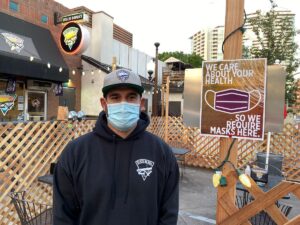
Yes, we lost an Ostrich Festival, Oktoberfest, the Tempe Festival of the Arts and other traditional revenue-producing events.
But Arizona’s pioneering spirit never was more evident than in how we found a way to deal with unprecedented adversity.
No. 2: Social justice moves to forefront
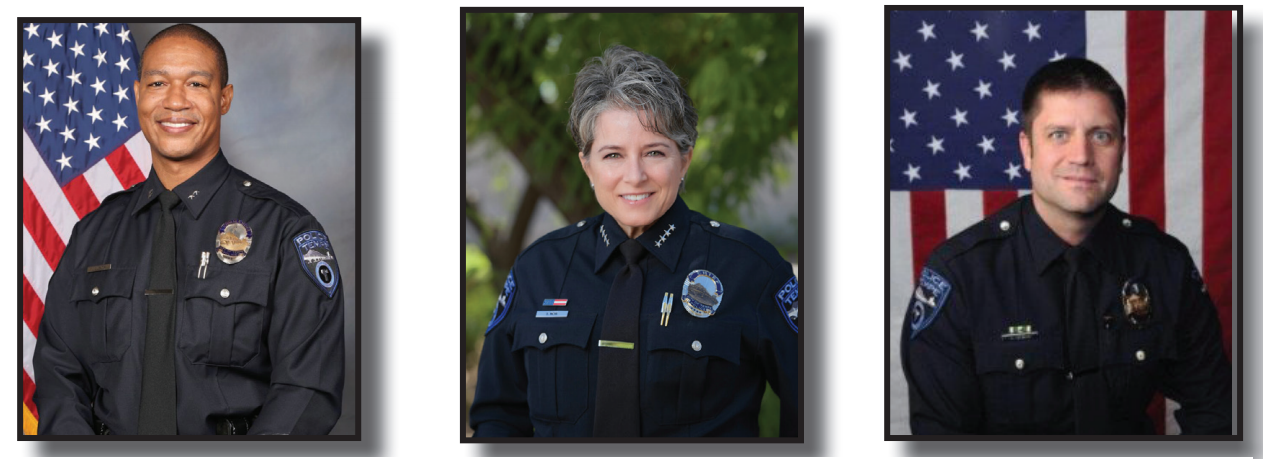
The Memorial Day murder of George Floyd by a Minneapolis police officer had ripple effects all the way to our neck of the woods. Our residents demanded more. More in how we treat each other. More equitable opportunities and resources. More from how our police engage and interact with us.
Even Tempe, long the Valley leader in addressing social issues, saw the need to improve. Protestors marched in Tempe in support of defunding police. After several high-profile events involving inappropriate actions and use of force by officers, Police Chief Sylvia Moir agreed to resign. Woods convened the Public Safety Advisory Task Force, which conducted six meetings late last year, addressing such things as police recruitment, hiring and training. It will issue a report early in 2021 that could include suggesting a package of Police Department reforms.
The Right to Breathe initiative was created in Tempe, which employs a holistic, comprehensive approach to how the city can proactively bridge the gap of opportunity for its youth of color and those in vulnerable communities.
Even as these initiatives were being rolled out, a White Tempe police officer was disciplined for holding a Black man at gunpoint despite searching for a White suspect at a Tempe hotel. The officer and his supervisor were disciplined.
Still, it was a year in which more voices were empowered and steps were taken toward systemic change.
No. 3: The changing face of politics
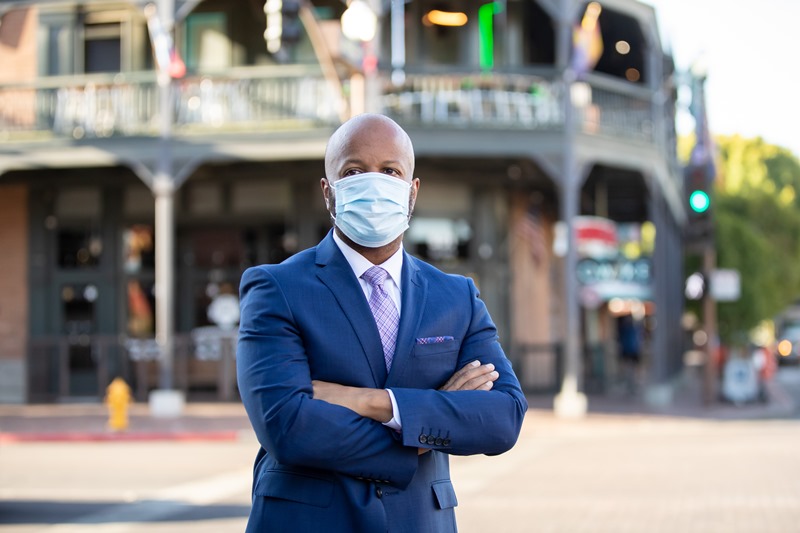
In Woods, Tempe elected its first Black mayor. He is vibrant. He is an effective communicator. He has vision. Already he has given City Hall new energy. Those who’ve felt left behind and disenfranchised seem to have rallied behind Woods, who has been quick to push a social-reform agenda. He might not take Tempe in a drastically new direction, but he seems destined to get it to long-held goals faster.
Chandler elected two new City Council members, Christine Ellis and O.D. Harris. Chandler faces new challenges as it approaches build-out. Its western business community continues to reel from the pandemic. Continuing development of Chandler’s high-tech industry will go hand-in-hand with its need for jobs creation.
No. 4: The changing face of education
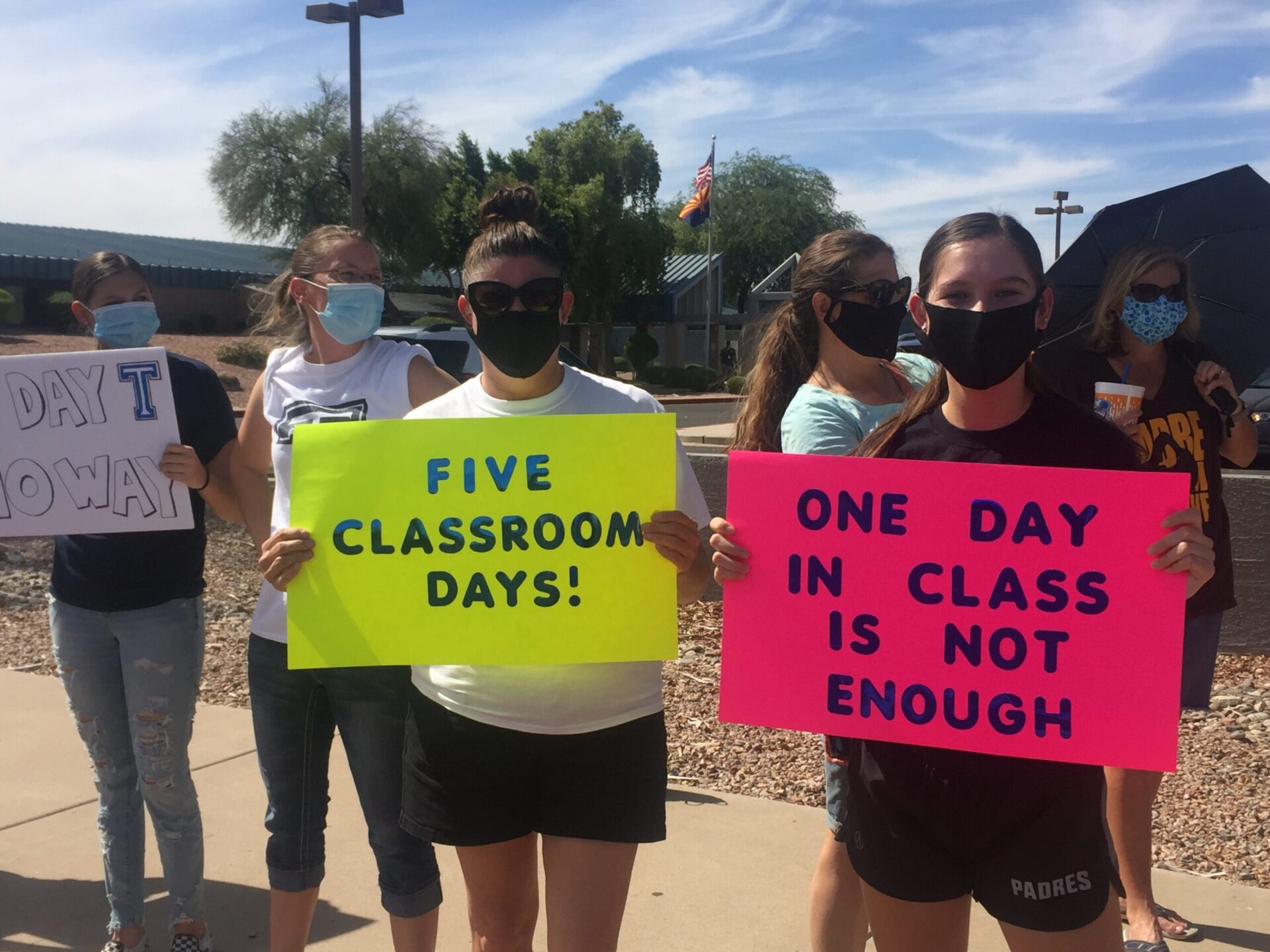
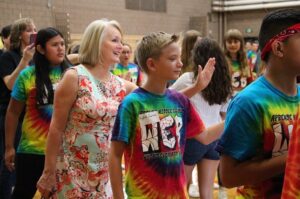
In Kyrene, Tempe Elementary and Chandler Unified school districts, Jan Vesely, Christine Busch and Camille Casteel, respectively, announced their retirements as superintendents. The superintendent of Tempe Union High School District, Kevin Mendivil, is embattled as many parents rage over his decision to close campuses in favor of online distance learning due to the pandemic.
Where are these districts headed with new their leadership? Will cookie-cutter campuses continue – when they finally reopen – or will they specialize and be more different than alike to compete with charter schools and private facilities that are luring public-school students away?

It’s all a bit of the unknown because all four districts also go into 2020 with two newly elected members on their School Board.
No. 5: The changing face of commercial property
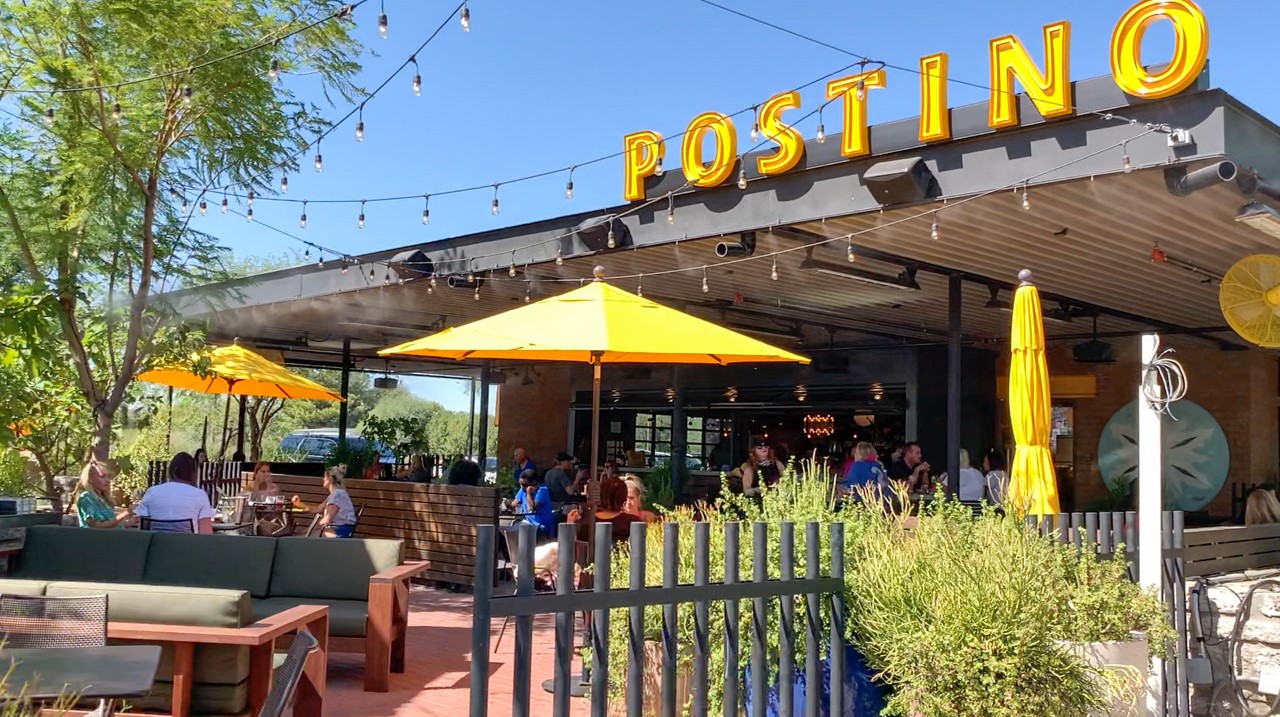
South Tempe has longed for the amenities of its neighbors north of the U.S. 60. High on the list are more restaurants, coffee shops and wine bars.
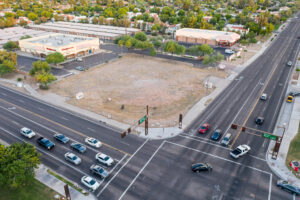
So it was particularly onerous to an energized group of neighbors when plans were revealed to put a Valvoline Instant Oil Change on a vacant lot on the southeastern corner of Warner Road and McClintock Drive. They packed a hearing in front of City Council to protest. They were heard, and the oil-change shop proposal was denied. It might not yet be over. Legal action could follow by the property owner, who insisted he followed all procedures for his proposal.
There was a collective gasp when the popular Tempe Public Market Cafe abruptly shut down at Warner and Rural roads. It was precisely the kind of establishment the community wants. But there was a collective sigh of relief when Postino moved quickly to take over the space and reopened as a wine bar under its brand in September.
Neighbors still remain edgy about the future of a vacant parcel on the northwestern corner of Rural and Warner bordering the Tally Ho Farms development.
No. 6: Preserving the face of residential property
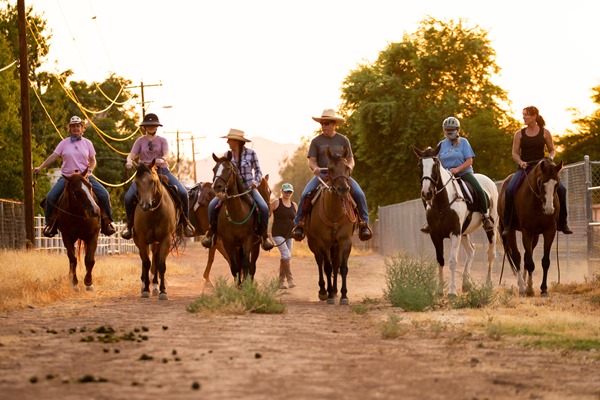
Several Sunburst Farms neighbors, who enjoy owning horses and riding them on South Tempe bridle paths, said “neigh” when a property owner in adjacent Shady Lanes Estates built a block wall around his property that took 10 feet out of an easement dedicated to the equestrian community for the path. Tempe determined that the easement is private and, therefore, it has no legal enforcement abilities. It also ruled that the wall does not require a city permit.
Neighbors also made it clear that they’re not crazy about group homes in residential areas. Corona del Sol Estates residents were furious when plans were revealed to put an assisted-living group home in their upscale South Tempe neighborhood. Rallies ensued with concerns over potential decreased property values.
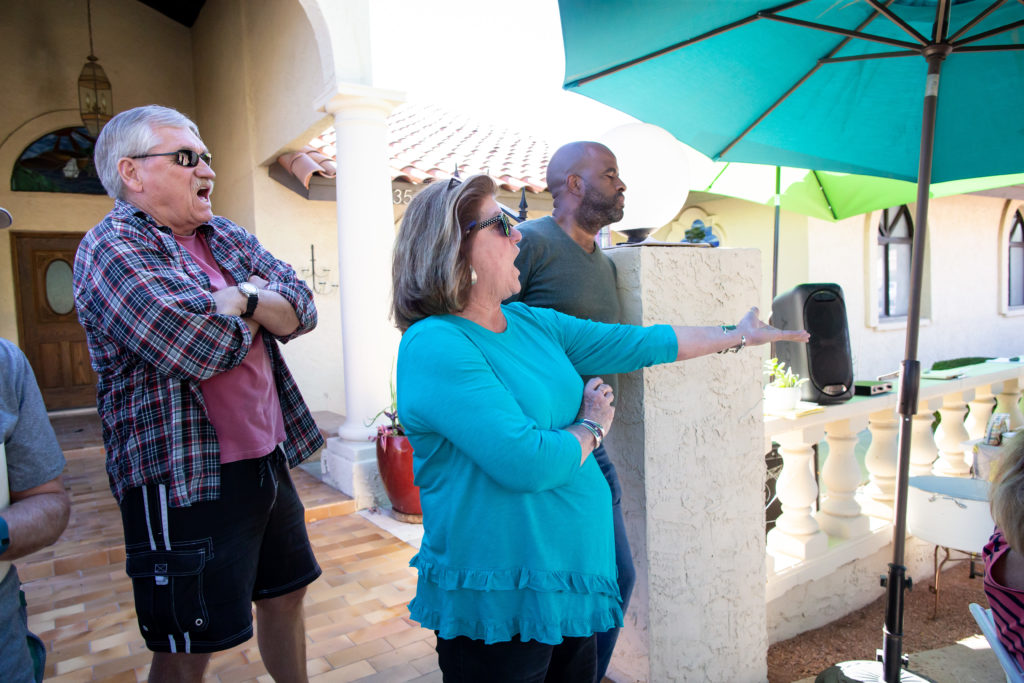
In August, Jim Robinson, who’d purchased a five-bedroom, 3,000-square-foot home, intending to convert it into an assisted-living home for 10 residents, put the property up for sale. Group homes in residential areas remain legal in Tempe if proper permitting is obtained.
No. 7: The reeling business community forges on
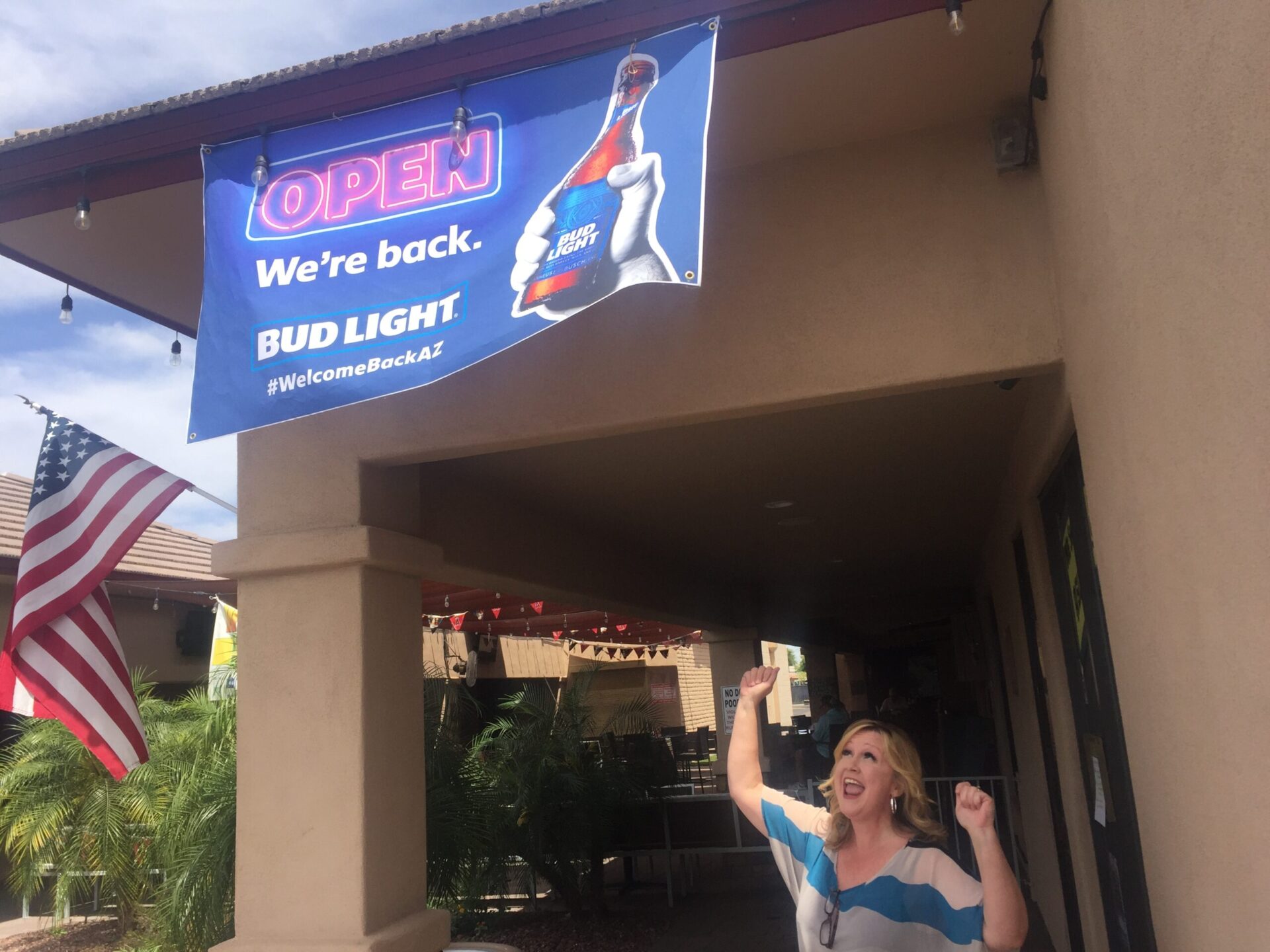
Each firm that furloughed employees, or eliminated positions, or went out of business took a piece of our community with it. Unemployment is a critical issue in Tempe and West Chandler. Arizona’s nation-low unemployment benefits do little to help.
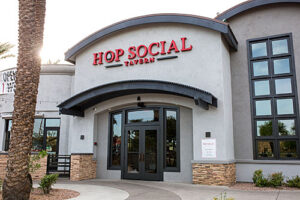
Yet several firms also gave our area reason for hope.
Carvana announced it was hiring 200 people in Tempe. CVS is bringing 500 jobs to Chandler.
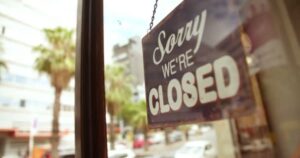
The “I Choose Chandler” campaign was created to promote the importance of patronizing local businesses.
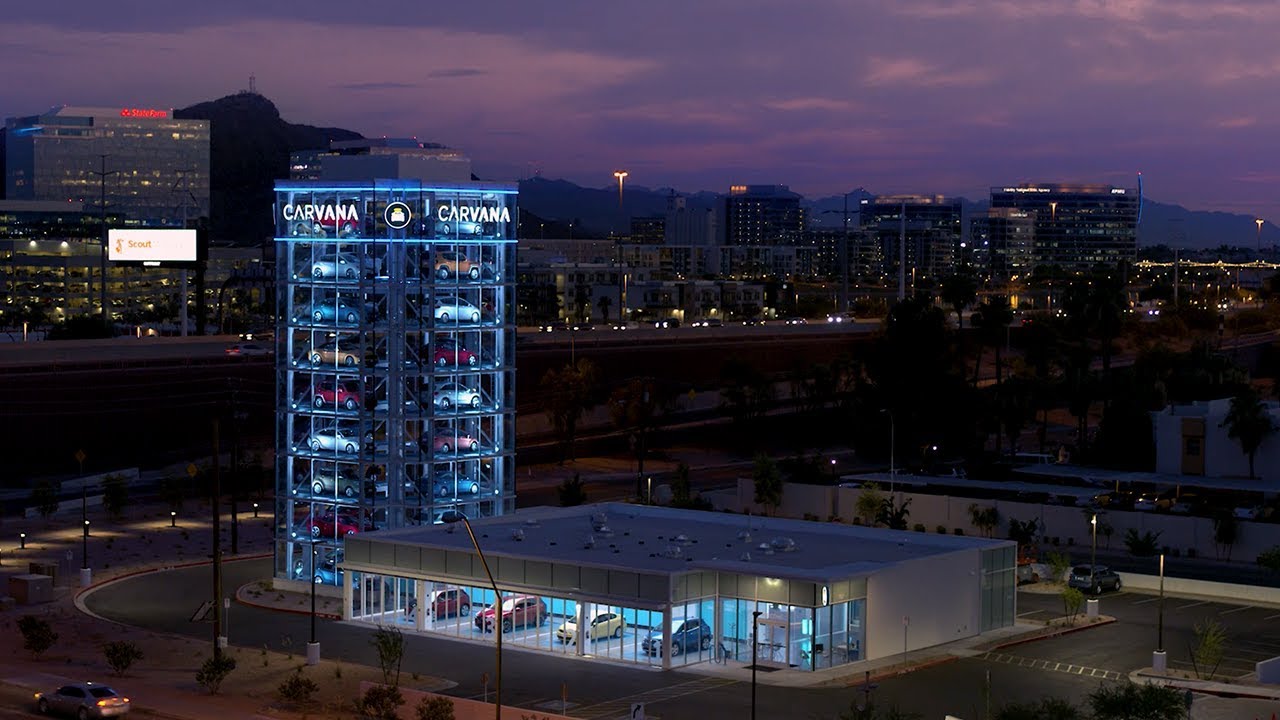
No. 8: A freight train derails, an iconic bridge reels, memories stir
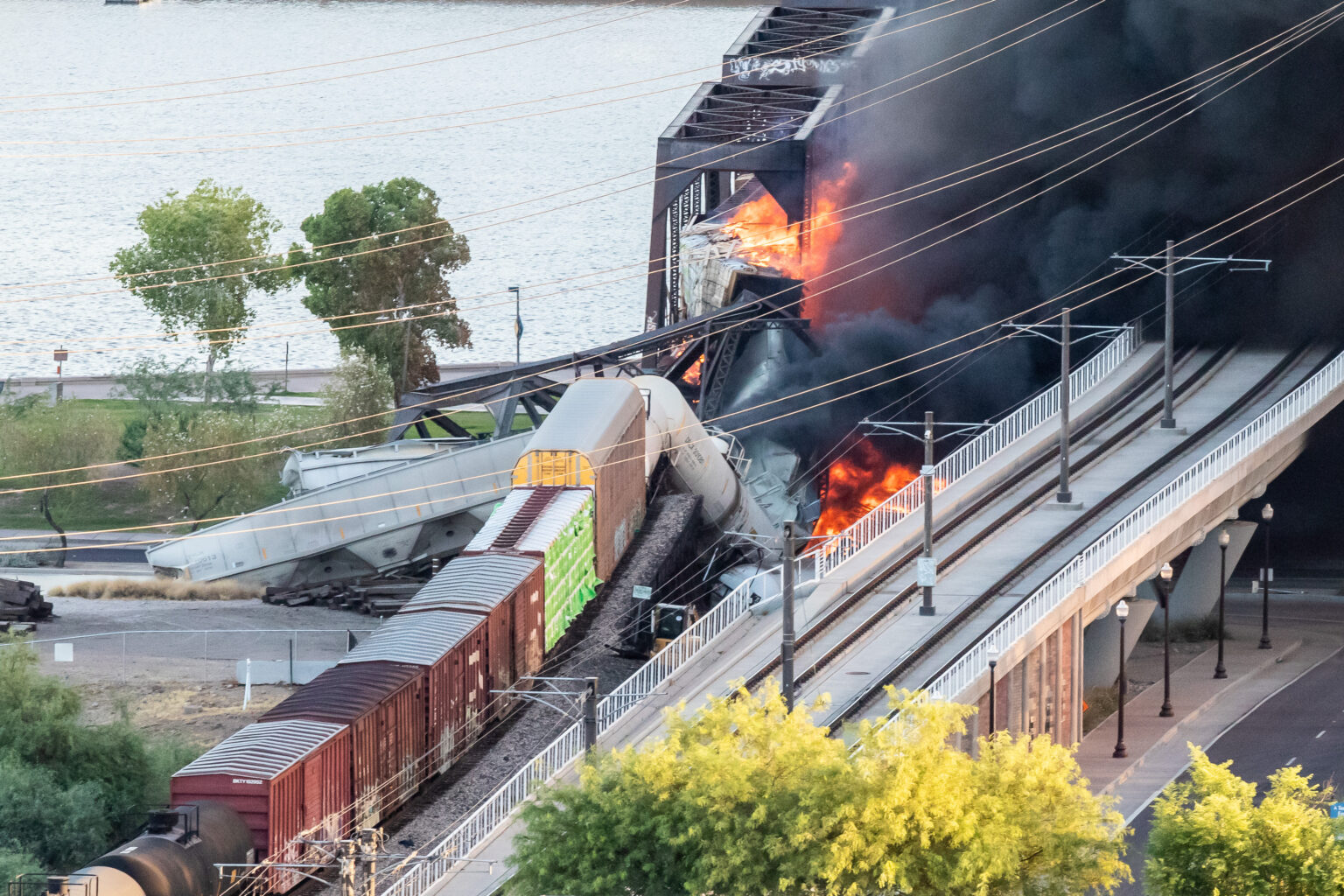
It seems fitting that in 2020 a train wreck is among the top stories.
After the billowing smoke cleared from wreckage of a freight train that left the track, it was determined that the southernmost 150 feet of the iconic, 108-year-old Union Pacific Railroad Bridge over the Salt River had sustained serious damage. Union Pacific on Aug. 2 blew up the unstable stretch in downtown Tempe and rebuilt it.
“I remember that bridge because my dad was an engineer for Southern Pacific for 34 years,” said Harry Mitchell, an iconic figure himself in Tempe history. “I remember crossing that bridge on trains many times because we used to take the train to California and back East.”
Mitchell, 80, was a Tempe High civics teacher, city councilman, Tempe mayor, state senator and U.S. representative in the state’s 5th Congressional District.
Michael Monti, whose family for nearly six decades owned Monti’s La Casa Vieja restaurant in a historic adobe building built in 1873 on the southern bank of the river, added, “It is easy to forget that the railroad was the equivalent of the airlines and the interstate highway rolled into one. It was the lifeblood of commerce, what the railroad could bring you and where it could take you, before the age of the automobile and the airplane.”
No. 9: Corona del Sol football squad posts first undefeated regular season

While the program had taken a few lumps through the years amid a flurry of coaching changes, the senior class led the Corona del Sol High football team to its first-ever undefeated regular season and its first-ever berth in Arizona’s Open Division playoffs, reserved for the best of the best.
Further, the Aztecs’ junior varsity and freshman teams also went undefeated, giving hope for continued success.

Week after week, the varsity’s explosive offense scored at will and its stingy defense more often than not held opponents to single-digit scoring before it suffered a defeat by Hamilton in the playoffs.
The heart and soul of the team was quarterback Quade Swearingen, an example for every player on how to act off the field, work on the field and in the weight room, and excel in the classroom. By staying for four years, he changed the culture of players who often left after their freshman year or played sports other than football.
No. 10: Human trafficking: COVID is not our only pandemic

They’re young, desperate and vulnerable. They’re usually from difficult home backgrounds that left them seeking something: love, affection, food, shelter, money. And there are people out there who can’t wait to prey upon them.
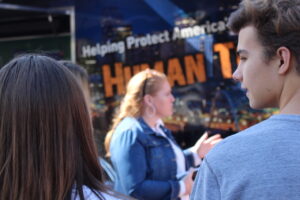
Many victims have been through the foster-care system.
Human trafficking is not foreign to Tempe and Chandler. One need look no further than the major bust in January by a consortium of East Valley law-enforcement entities, in which more than two-dozen people were arrested. Then, on Aug. 24, a former University of Arizona football player, who now lives in Tempe, was indicted and arrested on human trafficking charges.
“Trafficking is different than snatch-and-grab kidnapping,” said Dr. Dominique Roe-Sepowich, director of the ASU Office of Sex Trafficking Intervention Research, consultant to police departments from Las Vegas to Phoenix to Tucson and regarded as the leading expert in the Southwest. “These are complicated kids with complicated lives, so they’re more likely to be trafficked than anyone else because they have more wants and more needs.”

